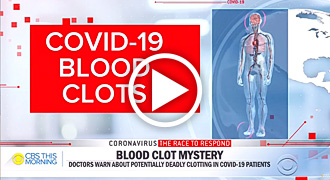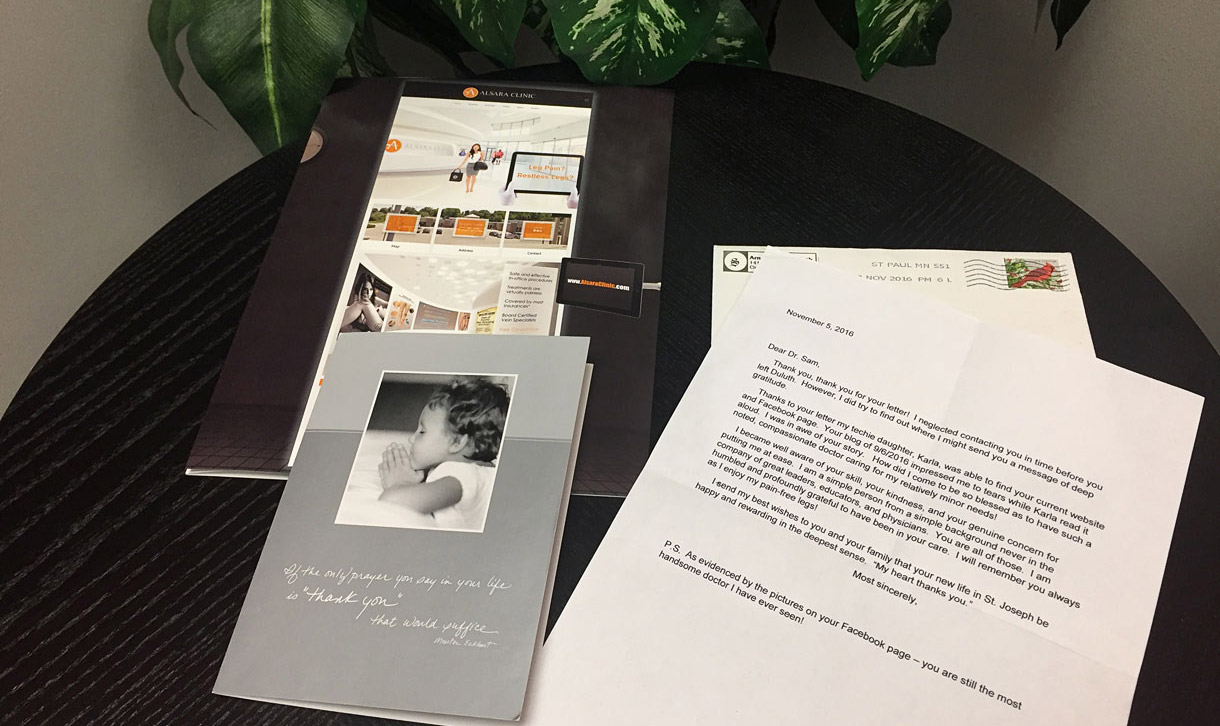Blood Clots and COVID-19
New research published in the New England Journal of Medicine shows that the respiratory virus SARS-CoV-2, which causes COVID-19, is also responsible for severe damage to blood vessels increasing the risk of blood clots. One Amsterdam study found that almost one-third of patients hospitalized with severe COVID-19 demonstrated complications from blood clots.
A blood clot is a clump of blood formed when blood changes from a liquid to a thicker gel-like state. Ordinarily, this can be a life-saving mechanism to help stop bleeding; however, when the clot breaks off, it can travel through the bloodstream choking the supply of blood to essential organs such as the lungs (causing a Pulmonary Embolism) or the brain (causing a stroke).
Patients admitted to the hospital are more likely to have blood clots in the blood vessels of the legs due to immobility while hospitalized. Staying active, use of compression stockings, sequential compression devices, and, in select cases, the use of blood thinner can help lower the risk of clots.

COVID-19 Blood Clots
 There are also reports of blood clots in patients with COVID-19 who are at home and staying active. Swelling in the legs is the most common sign of blood clots. Some patients with COVID-19 develop a condition called “Covid toes” – red, swollen toes that may be due to small clots in the blood vessels of the feet.
There are also reports of blood clots in patients with COVID-19 who are at home and staying active. Swelling in the legs is the most common sign of blood clots. Some patients with COVID-19 develop a condition called “Covid toes” – red, swollen toes that may be due to small clots in the blood vessels of the feet.
If you have leg swelling, pain in the legs, or any other sign of a blood clot, please call us at 816-396-0245 to have a duplex ultrasound screening test for blood clots. This is performed in the comfort of the office setting at Alsara Vein Clinic.


